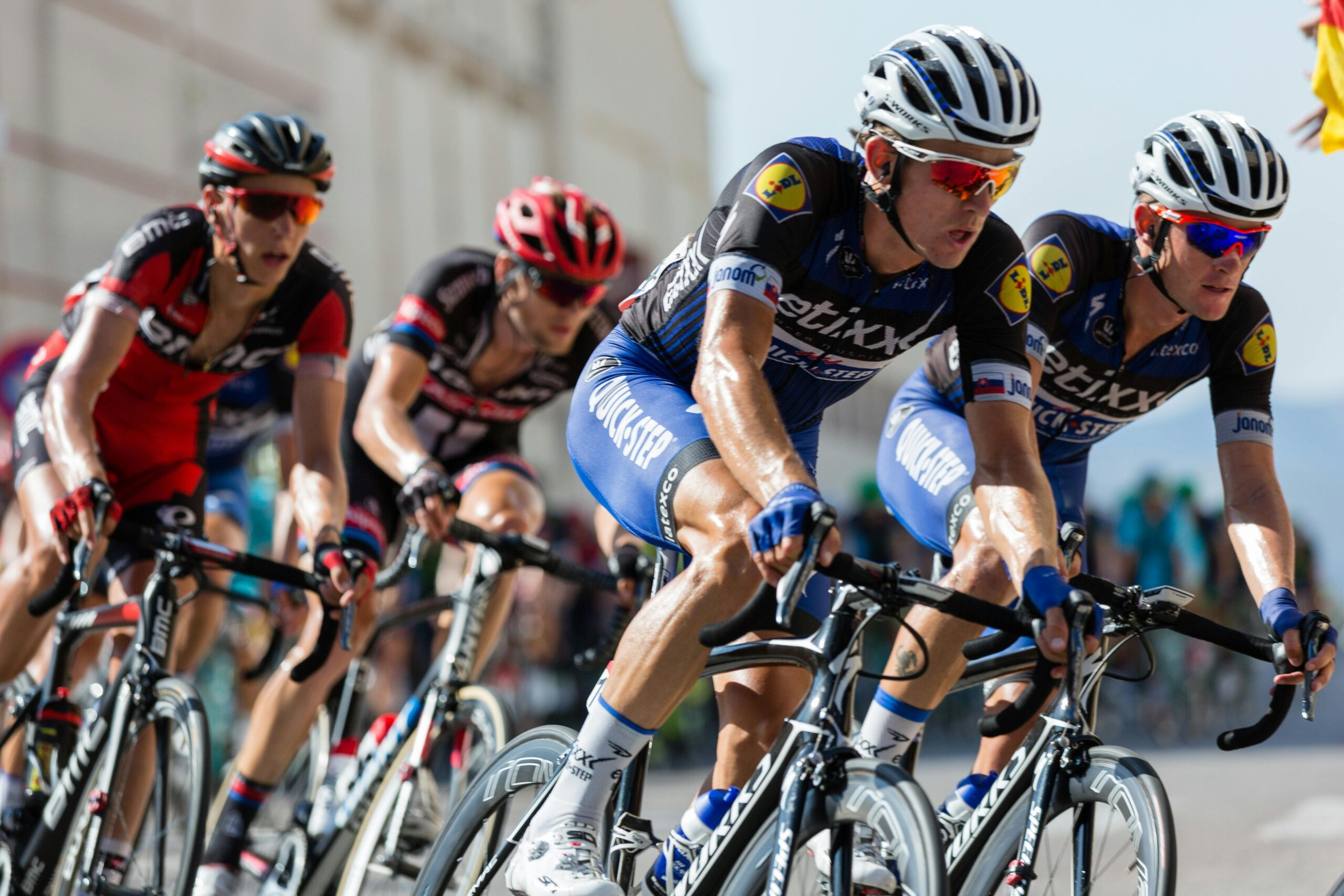Leiden is a cyclist’s paradise, with its scenic routes, well-maintained bike lanes, and a culture deeply embedded in cycling. Whether you’re a casual rider commuting through the city or a competitive cyclist tackling long-distance routes, your body endures significant strain. Assisted stretching is an often-overlooked tool that can enhance your cycling performance, improve recovery, and reduce the risk of injuries.
The Importance of Flexibility and Mobility in Cycling
Cycling involves repetitive movements that can lead to muscle tightness, especially in the lower body. Key muscles like the quadriceps, hamstrings, glutes, hip flexors, and calves are constantly engaged. Without proper flexibility, these muscles can become stiff, leading to decreased range of motion and efficiency on the bike.
Assisted stretching helps maintain and improve flexibility by targeting these tight areas more effectively than self-stretching. A trained stretch therapist can guide you through a series of movements that deeply elongate muscles and improve overall mobility.
Benefits of Assisted Stretching for Cyclists
- Enhanced Performance: Greater flexibility allows for a more efficient pedal stroke, improved posture, and better endurance.
- Injury Prevention: Tight muscles can lead to imbalances and overuse injuries. Assisted stretching corrects these imbalances by improving muscle function and alignment.
- Quicker Recovery: Stretching post-ride helps flush out lactic acid buildup, reducing soreness and accelerating recovery.
- Increased Comfort on Long Rides: A more flexible body experiences less stiffness and discomfort, making long rides more enjoyable.
- Better Breathing Efficiency: Stretching can also improve rib cage expansion and diaphragm mobility, allowing for better oxygen intake during rides.
Key Areas to Focus On
When engaging in assisted stretching, focus on the following areas:
- Hip Flexors: Sitting in the saddle for long periods tightens these muscles, affecting power output.
- Hamstrings: Flexible hamstrings contribute to a smoother pedal stroke and reduce strain on the lower back.
- Quadriceps: Keeping these muscles loose helps maintain balance and prevent knee pain.
- Lower Back & Hips: A flexible spine and open hips allow for a more comfortable riding position.
Conclusion
Assisted stretching is a game-changer for cyclists in Leiden. It not only enhances performance but also supports injury prevention and faster recovery. Whether you’re training for a race or simply enjoy cycling along the canals, investing in flexibility will keep you riding stronger and pain-free for years to come.
Book a session with us today and experience the benefits of assisted stretching firsthand!

